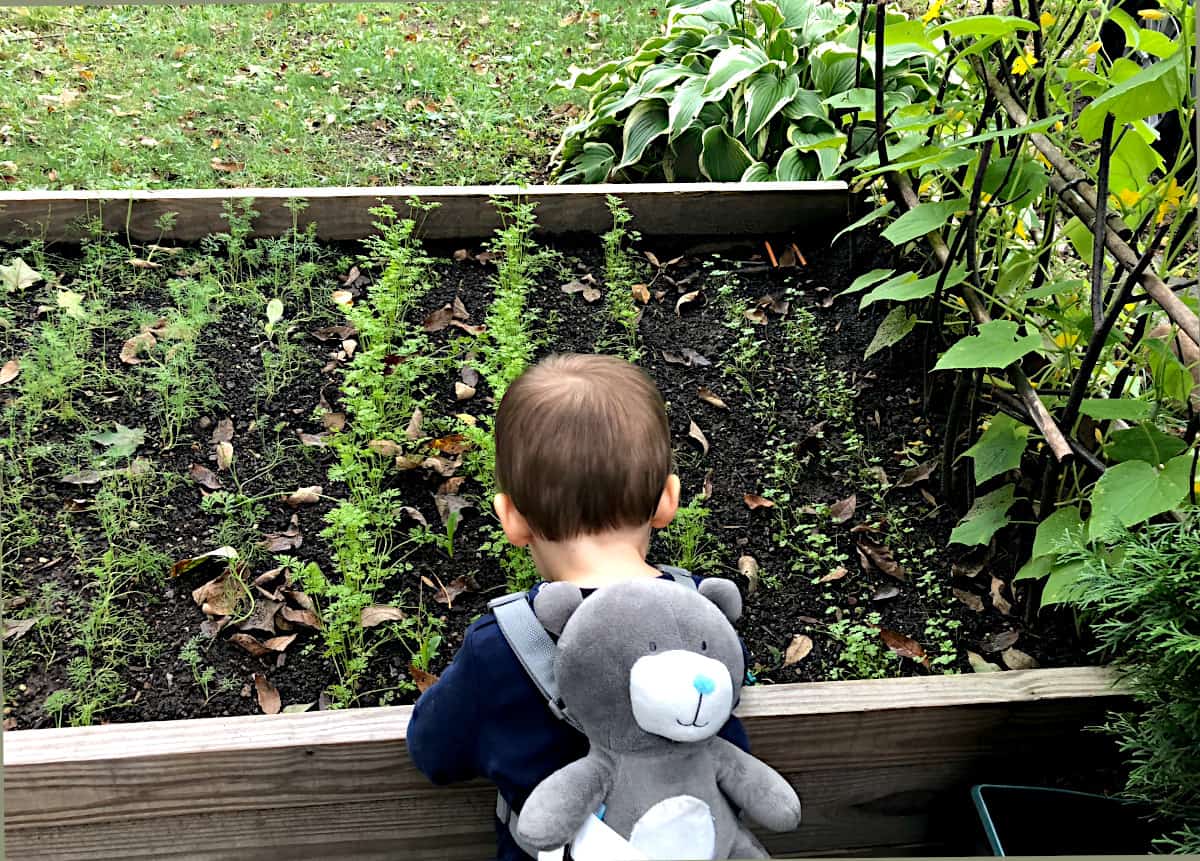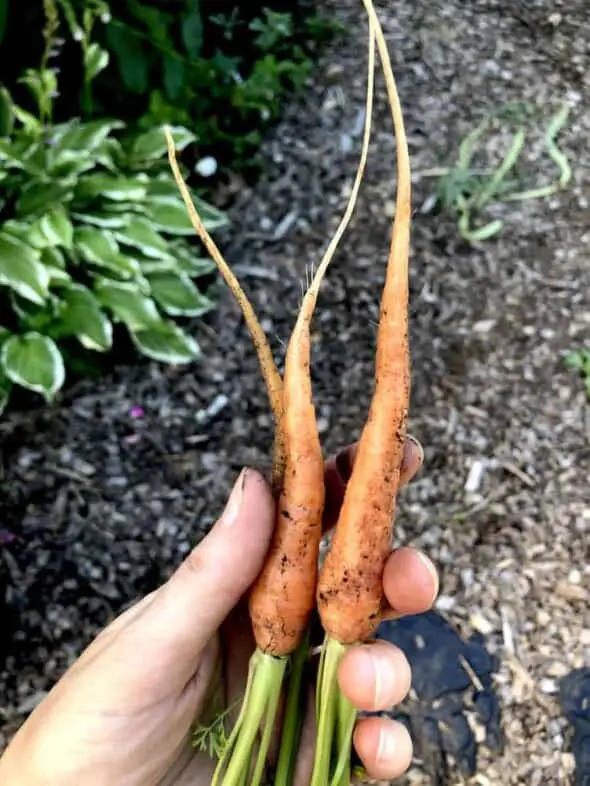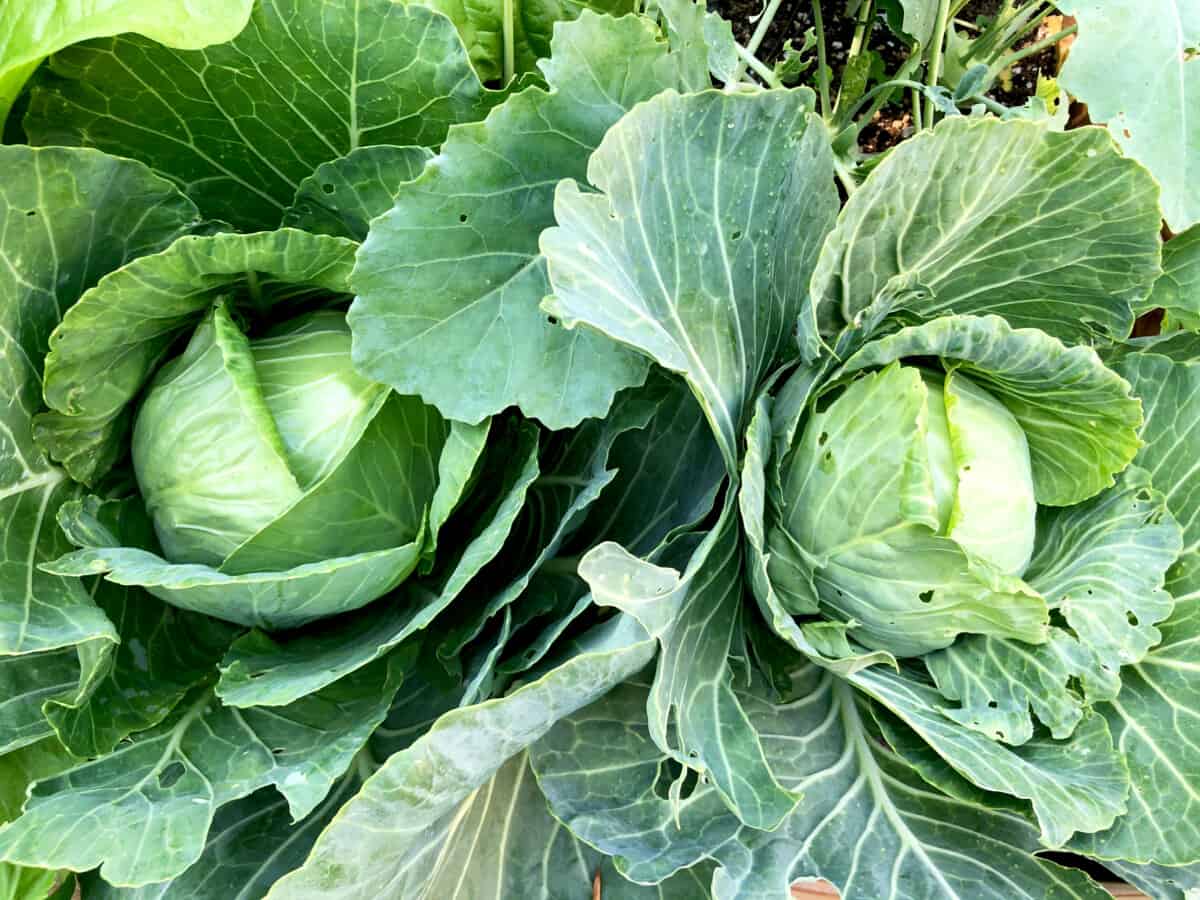Start thinking about plant spacing long before the plants are already in the garden. Spacing starts when plants are being sowed. If direct seeded in the garden, keep the spacing as directed on the packaging. When the seeds germinate, you can check them again and if you find them to be overcrowded as little seedlings, they need to be thinned out.
If plants are too crowded their growth is discouraged by competing for water, nutrients, air, and sunshine. The plants get easily stressed and weaken and thus encourage pests and disease. Crowded plants will not be able to reach their full potential, can become stagnant, and are weaker to yield fruit.

What is thinning
Thinning seedlings and plants means giving enough space to the future mature plants. Thin the little seedlings and plants by pulling the weakest ones and leaving the stronger ones. Thin only as much as to provide sufficient space for the plant to properly grow and develop to full maturity.
There are some vegetables like root crops and leafy greens that can be over-sowed and then thinned by continuous harvesting. Some gardeners choose to over-sow vegetables like carrots, beets, turnips, onions, radishes, and leafy greens with the purpose to come thin them by harvesting them. Using this thinning method, the largest leaves or root crop of the bunch are pulled out to be eaten while the smaller ones are left in the ground to grow some more to be ready for the continuous harvest.
How to thin seedlings and plants
When thinning, pull out the seedlings that appear the weakest, less developed, thinnest, and the ones that are leggy. Seedlings that are weaker will have less energy to grow and bear fruit. Instead, leave the ones that appear strong, have thicker stalks, and are healthier in appearance. By leaving the strongest seedlings growing you will set your garden for a greater chance to have strong mature plants that will have lots of energy to bear healthy and large fruits.
How to fix an overcrowded vegetable garden
First of all, most of the time, it is very possible to fix the plants that are too crowded. This can be fixed by division and replanting. Divide the crowded plants by gently digging around the plant and lifting the plant from the ground paying attention to the roots and foliage to stay intact. Then plant the pulled plant into its new space. When planting them back in the soil, ensure that the recommended spacing is observed.

What vegetable plants can be planted crowded in a clump
Plants that will grow and crop well in clumps are beets, leeks, onions for bulbs, turnips, and radishes. Leafy greens such as kale, mixed salad leaves, arugula, and spinach can be also planted in clumps. And let us not forget that herbs including basil, dill, coriander, parsley, and chervil can be also planted in clumps.
Planting seeds in clumps means planting about 3-5 seeds together. They are left to grow to full maturity in a clump. When harvesting vegetables from the clump, harvest the largest of the clump by pulling the vegetable out and twisting while keeping the rest of the clump intact. Once the smaller ones grow to their usable size come and harvest some more.
Planting in clumps is great for small growing spaces, and containers. It also provides continuous harvest.
What vegetables do not like to be crowded
Some vegetables just do not like to be crowded and need a larger space of their own. Vegetables that need larger spacing are asparagus, brussels sprouts, cauliflower, broccoli, eggplant, cabbage, melons, zucchini, and tomatoes.

Vegetables that need very little space

